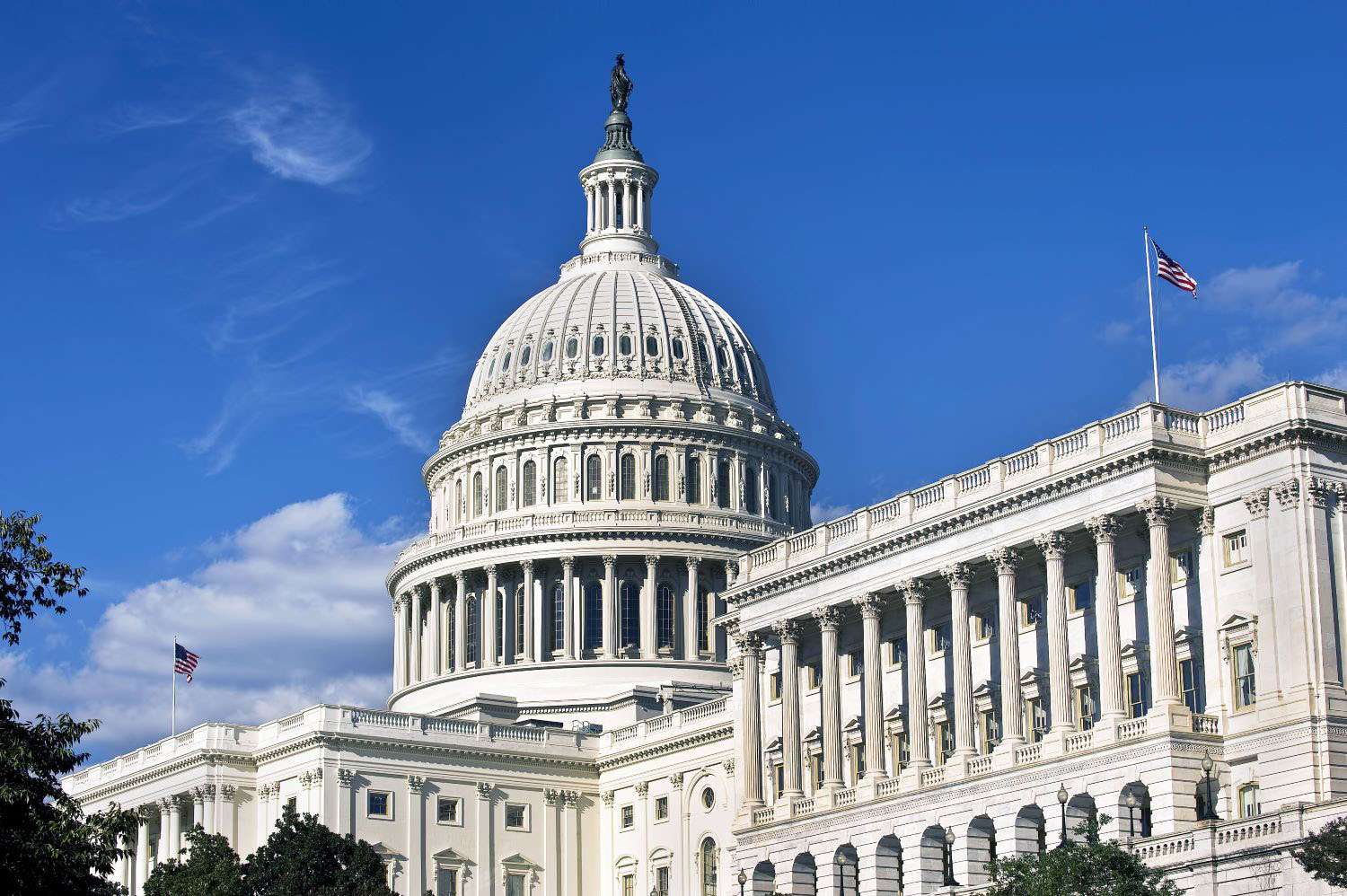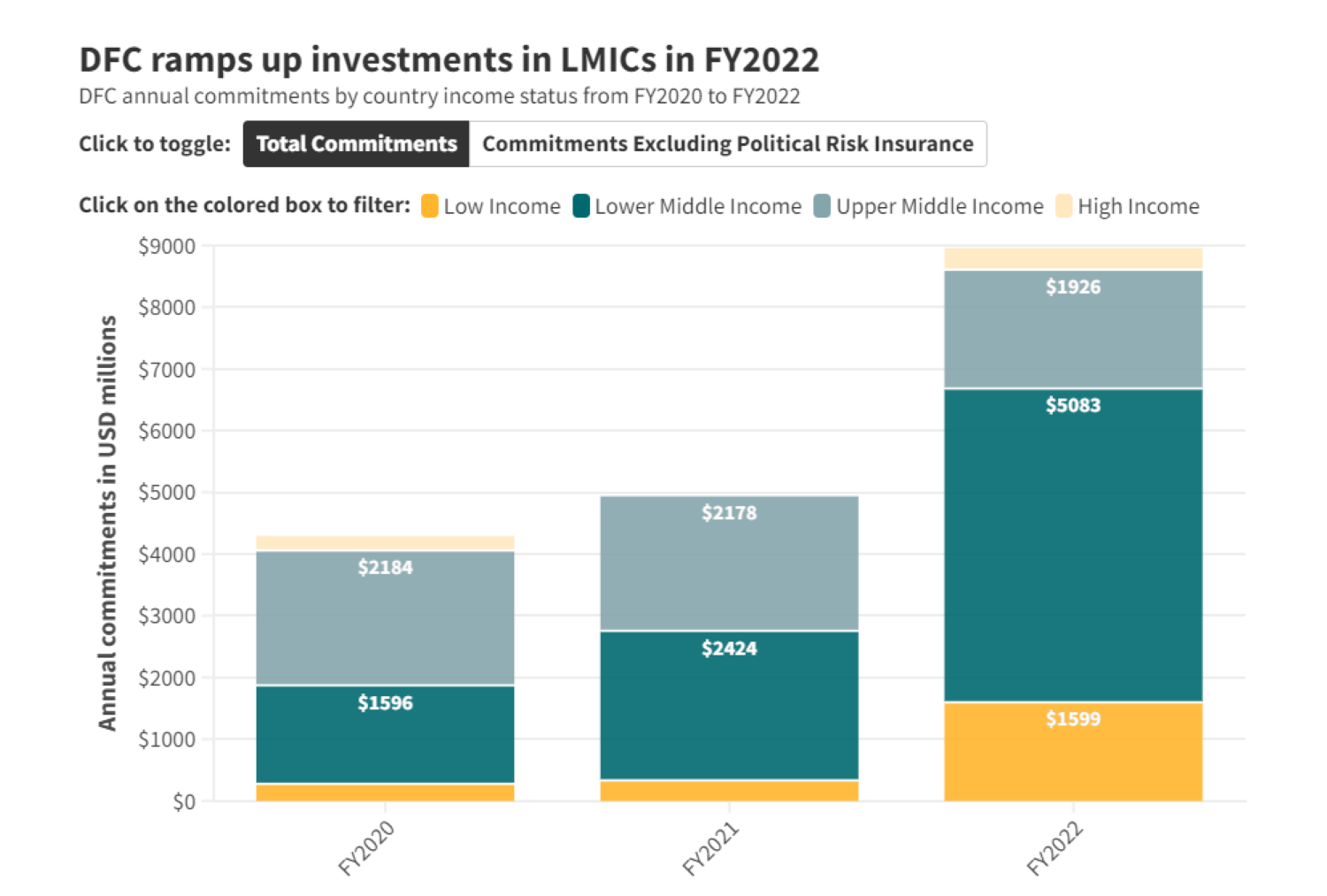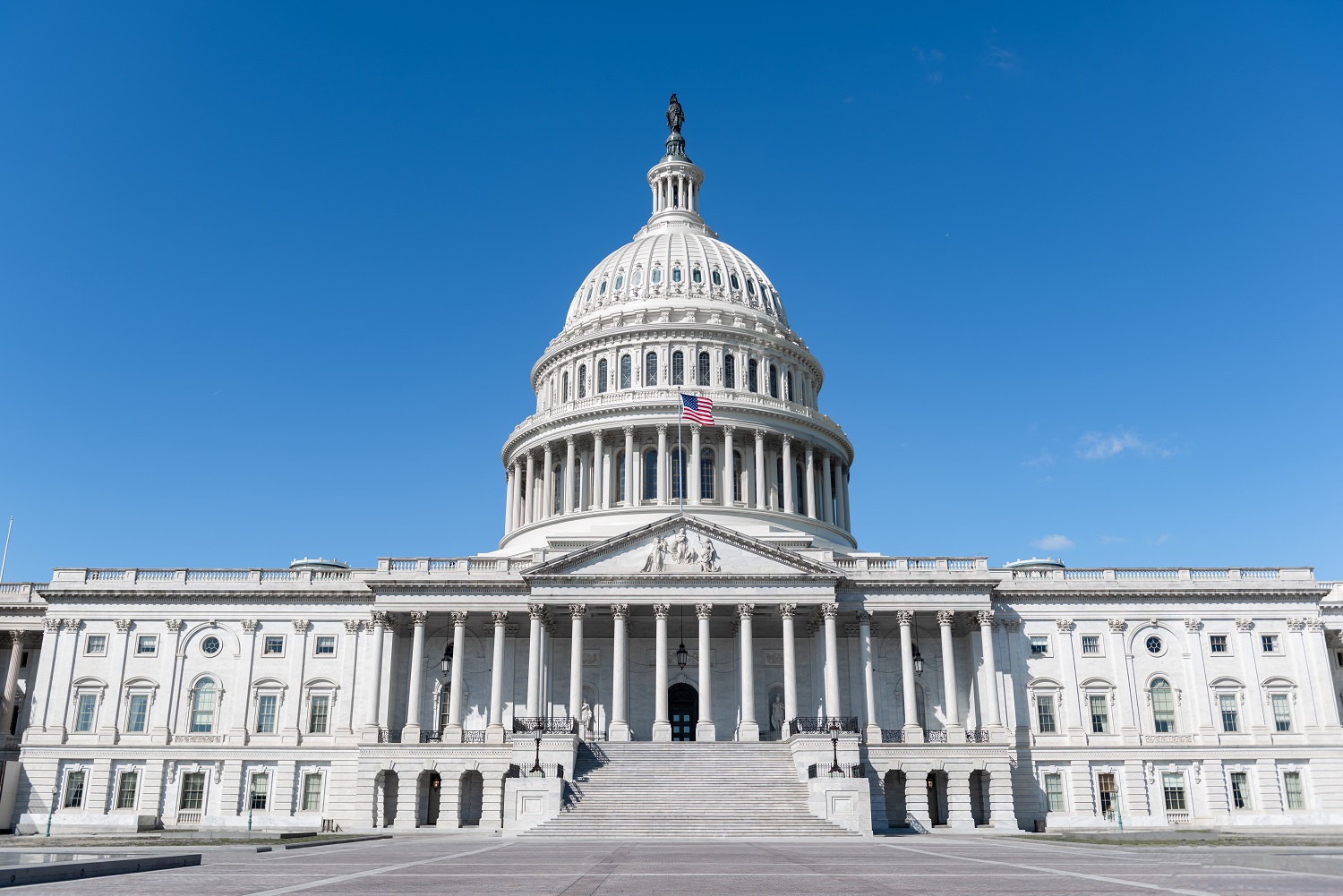This a joint post with Ben Leo.
Our recent paper suggesting that there are stark tradeoffs between energy access and pursuing a renewables-only energy strategy has attracted a lot of attention. We responded to Michael Levi’s post on CFR.org here, but it seems worth addressing some of the other critiques, notably this detailed post by UC Berkeley’s Daniel Kammen, that have challenged our projections and findings. Todd also testified to the House Subcommittee on Energy and Power, and some of the same points were raised at that hearing, including by Oxfam’s Paul O’Brien.
The reason this wonky debate matters is not purely academic: we hope to encourage a rethinking of the rules that constrain the ability of OPIC, the US Government’s development finance institution, to respond to market dynamics. Specifically, we are concerned that binding rules on OPIC (and trends in development finance) will have a real-world effect of reducing the potential number of poor people gaining access to affordable power, while at the same time having essentially zero impact on global emissions. Based on our model (and all our caveats) we estimate that for OPIC, the difference will affect more than 60 million poor people. We intend this is an input to the debate over whether OPIC should continue with its greenhouse gas emissions cap this fall when the FY14 Appropriations law expires or be given additional flexibility to participate in natural gas-fired power projects in places where such an approach will have the greatest boost to energy access.
As in any debate that stirs emotions, not all the critiques are worth responding to. However, two big critiques of our methodology and findings include: (1) our cost estimates are imprecise, and (2) climate change has the greatest harm on the poor, so they should use renewable power. We’ll address each of these in turn.
1. Our cost estimates are imprecise (and renewables are actually cheaper). The heart of Kammen’s critique is that our use of 2008 CRS and 2010 DOE data does not fully capture all costs or recent changes in costs. To clarify, in our model for estimating access, we do not use the construction costs that Kammen believes are outdated. The 60 million access figure is based simply on OPIC’s own historical leveraging ratios for both gas and renewables, divided by the IEA’s estimate for the cost of additional access per person (we add an additional tweak of on-grid and off-grid differences, but this has a negligible effect).
However, we do use cost estimates for the generation capacity estimates using the 2008 CRS report. Kammen argues that these figures are outdated. Even though they are older, we chose them because they actually provide the most costly estimate for natural gas ($1.2 million per MW). We also show the less expensive estimates of $769,000/MW from the US Department of Energy and $592,000/MW from OPIC’s own historical portfolio in Table 3 of our paper. Thus we deliberately used the most costly estimate for natural gas in the model. If we used the OPIC number (which is arguably a better reflection of the types of projects that might be in a future OPIC portfolio) then our estimates of additional power generation would have doubled our original estimate of benefits from natural gas generation.
As for renewables costs, we do not dispute that these are declining. We would certainly expect that to be case. The three sources (CRS, DOE, and OPIC’s own portfolio) all gave roughly identical estimates of around $3.6m/MW for a weighted basket of renewables. All this information is transparently displayed in Table 3 of the paper. We would be unsurprised if this number has since declined and would expect costs to continue to decline as the market for renewables matures. We would very much welcome others to run their own estimates and build models based upon more current, yet still comprehensive, cost data.
However, to alter our policy conclusion, the models would have to show that the leveraging ratios have dramatically changed (e.g., that renewables can now attract more private capital than gas plants) and/or that costs for renewables have plunged so much that they are now cheaper than power provided by natural gas. In essence, we can debate all day the exact slope of this downward line:
But to believe that OPIC’s portfolio should be renewables-only, we would have to believe that the slope is either flat or upward. We would welcome anyone who can show that.
Another aspect that Kammen raises is the exclusion of operational costs, rather than just focusing on the initial capital investment. This is correct; we do not include operational costs like fuel or maintenance. One would of course want to include these in any business model or national planning exercise. But citing this issue here misunderstands OPIC’s role and investment decision process. OPIC is neither a master planner of energy systems nor a power operator. It simply provides insurance or initial debt capital for projects requested by American investors. OPIC management receives these requests, OPIC staff conduct due diligence on the project’s development and commercial merits, and then the board decides whether to approve the transaction. They aren’t planning Kenya’s power grid.
Among the most important questions the board has to decide is the likelihood that the project will be commercially viable over the long term. In other words, will consumers pay for their power? The lack of creditworthiness of many African utilities, which are typically anchor customers for a power project, is precisely the reason that public finance from OPIC (or other DFIs) can be catalytic. But they are still commercial projects that require paying customers. OPIC expects its money back with interest.
So Kammen’s concern about operational costs is central to those business models, but has little immediate effect on OPIC’s strategic policy choice of whether it should participate in natural gas plants or not. OPIC will face similar financial sustainability questions not only for fuel type, but also for grid type, location, scale, etc. These will all be judged on a case-by-case project basis—and what’s most appropriate will be very different in different places serving different populations. The conclusion of our paper was to show that ex ante excluding natural gas projects will, on average, reduce OPIC’s impact on additional energy access.
Most importantly, if we find that Kammen is correct and renewables are really cheaper (or will be very soon) for all un-served or under-served people, then there’s no longer any logical reason to maintain the greenhouse gas emissions cap. If a solar farm in country X is really more cost-effective than a gas-fired plant, then the initial rationale for the cap—a regulatory mandate for renewables to overcome the higher costs— is no longer necessary. If we are correct (gas remains cheaper, has higher OPIC leveraging ratios, and thus creates more access), then OPIC should be allowed to invest in gas-fired power. If Kammen is correct (renewables are really cheaper and thus create more access), then OPIC doesn’t need to ban support for gas-fired power plants—the market will shift toward them anyway. Both scenarios suggest the cap is unnecessary and OPIC should be given additional flexibility.
2. The poor suffer the most from climate change, so Africans should only use renewable power. The first part of this sentence is probably true. But to then take the leap to the second part makes zero sense, both practically and, arguably, ethically.
We know with reasonable certainty that no rules on emissions in OPIC’s portfolio can have a meaningful effect on global emissions. OPIC is far too small a player, even if it led other DFIs to adopt similar policies. At the same time, there is no plausible scenario where energy consumption by low-income African countries will drive global emissions trends. The contrast in scale in the table below should be eye opening (and perhaps a bit embarrassing) for groups who want to prevent Africa from using gas or dams or even coal.
Thus, in a practical sense, strict OPIC regulations can only serve as a symbolic victory for environmental activists and in no way a mechanism for global emissions mitigation.
At the same time, continuing to restrict OPIC’s investments will have a meaningful impact on energy access for the poor. For millions of people, OPIC’s future policy can literally mean the difference between gaining access to modern energy services and continuing to live in the dark, with all of the associated ill effects on health, education, and economic opportunities. As per above, we think about 60 million people stand to benefit from a more flexible OPIC policy and that our estimate is defensible based on prior OPIC projects and internationally-standardized cost figures.
Whatever the actual number, it is clear that an OPIC policy barring natural gas power plants will harm many millions of poor people. This is strategically counterproductive to our goals of expanding energy access and promoting economic development, while making no impact on our global emissions goals. Worse, it is ethically questionable to cause certain tangible harm in poor countries when there is also certainty of no tangible global benefit.
Disclaimer
CGD blog posts reflect the views of the authors, drawing on prior research and experience in their areas of expertise. CGD is a nonpartisan, independent organization and does not take institutional positions.





